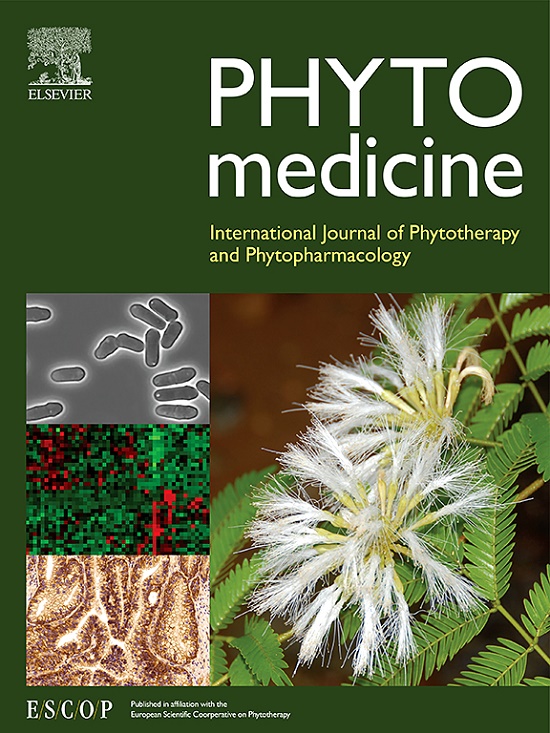Eupalinolide B targets DEK and PANoptosis through E3 ubiquitin ligases RNF149 and RNF170 to negatively regulate asthma
IF 6.7
1区 医学
Q1 CHEMISTRY, MEDICINAL
引用次数: 0
Abstract
Purpose
We investigated the mechanism by which eupalinolide B (EB) regulates DEK protein ubiquitination and degradation, and its impact on DEK-mediated receptor-interacting protein kinase 1 (RIPK)-PANoptosis pathway in allergic asthma.
Study Design and Methods
In vitro studies were conducted on human bronchial epithelial cells (BEAS-2B) treated with EB and human-recombinant DEK. Mass spectrometry analysis, RNA sequencing, molecular docking, and functional assays were used to assess the interactions and effects of EB, DEK, and ring finger protein 149 and 170 (RNF149 and RNF170). In vivo experiments involved a house dust mite-induced asthma model in mice and evaluation of airway inflammation, DEK expression, and PANoptosis markers.
Results
In vitro, EB could bind to DEK. RNF149 and RNF170 were identified as regulatory factors of DEK, polyubiquitinating the K349 site in the DEK coding DNA sequence region 270–350 through K48 linkages and leading to its degradation. RNA sequencing showed that DEK overexpression upregulated the expression of genes such as RIPK1, FADD, and Caspase 8. Treatment with DEK siRNA or EB reduced the activation of the RIPK1-PANoptosis pathway in BEAS-2B-DEK cells. In vivo, EB significantly reduced the levels of DEK in house dust mite-induced mice and alleviated pulmonary inflammatory cell infiltration, goblet cell hyperplasia, collagen fiber deposition, and eosinophil proportion in BALF. Knocking out the DEK gene reduced RIPK1-induced PANoptosis, and inhibited airway inflammation and cell apoptosis.
Conclusion
EB promotes the degradation of DEK by RNF149 and RNF170, inhibits the RIPK1-PANoptosis pathway, and may effectively suppress asthma. EB may become a potential drug for treating airway inflammation in asthma.

求助全文
约1分钟内获得全文
求助全文
来源期刊

Phytomedicine
医学-药学
CiteScore
10.30
自引率
5.10%
发文量
670
审稿时长
91 days
期刊介绍:
Phytomedicine is a therapy-oriented journal that publishes innovative studies on the efficacy, safety, quality, and mechanisms of action of specified plant extracts, phytopharmaceuticals, and their isolated constituents. This includes clinical, pharmacological, pharmacokinetic, and toxicological studies of herbal medicinal products, preparations, and purified compounds with defined and consistent quality, ensuring reproducible pharmacological activity. Founded in 1994, Phytomedicine aims to focus and stimulate research in this field and establish internationally accepted scientific standards for pharmacological studies, proof of clinical efficacy, and safety of phytomedicines.
 求助内容:
求助内容: 应助结果提醒方式:
应助结果提醒方式:


